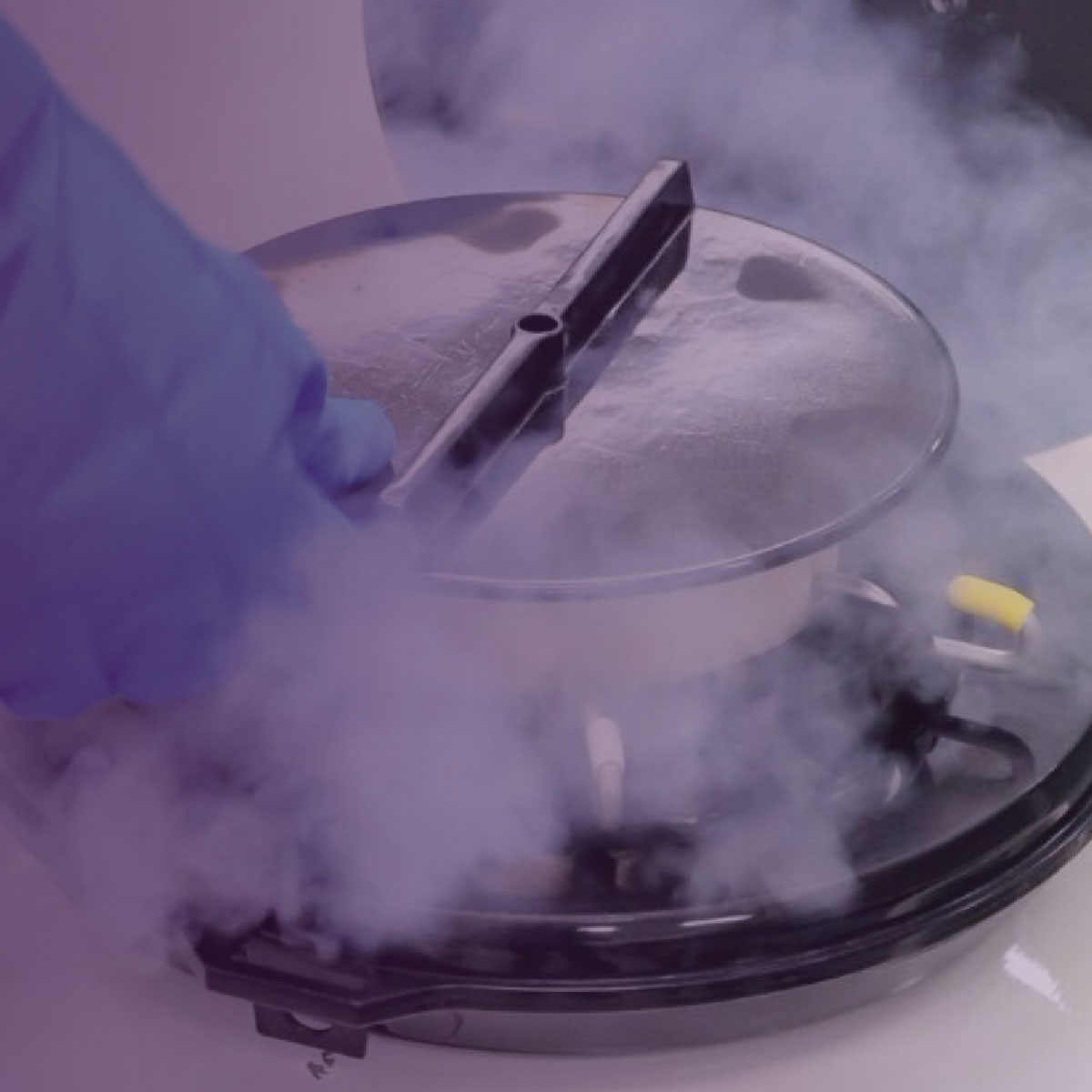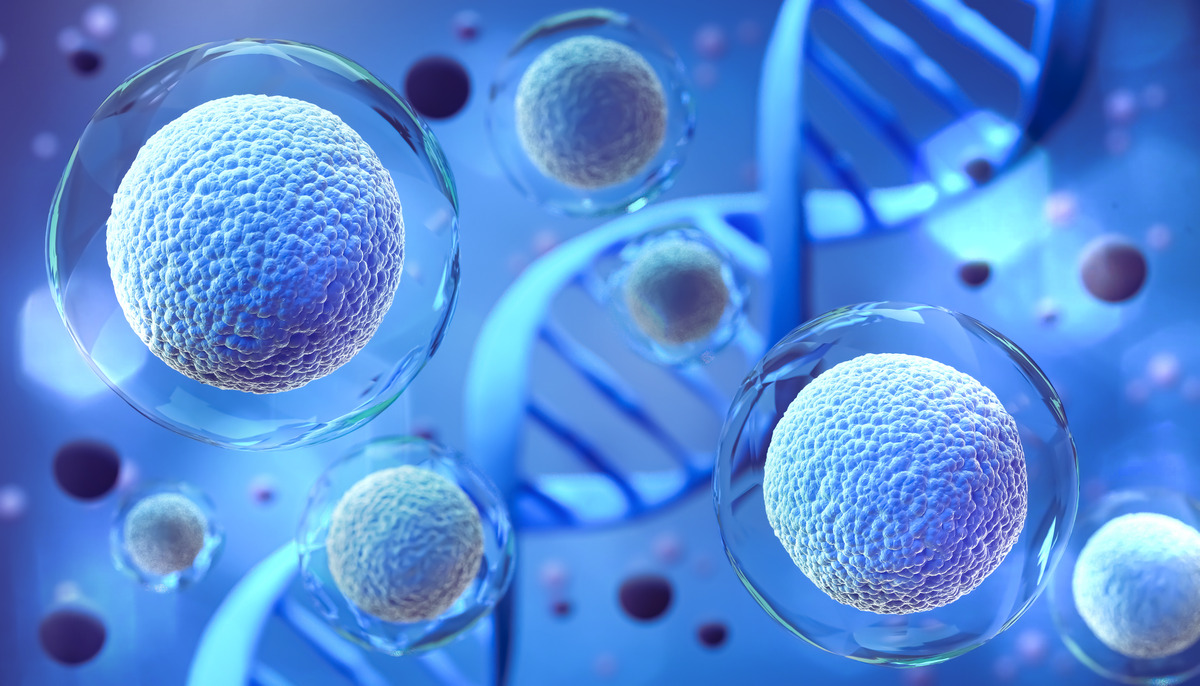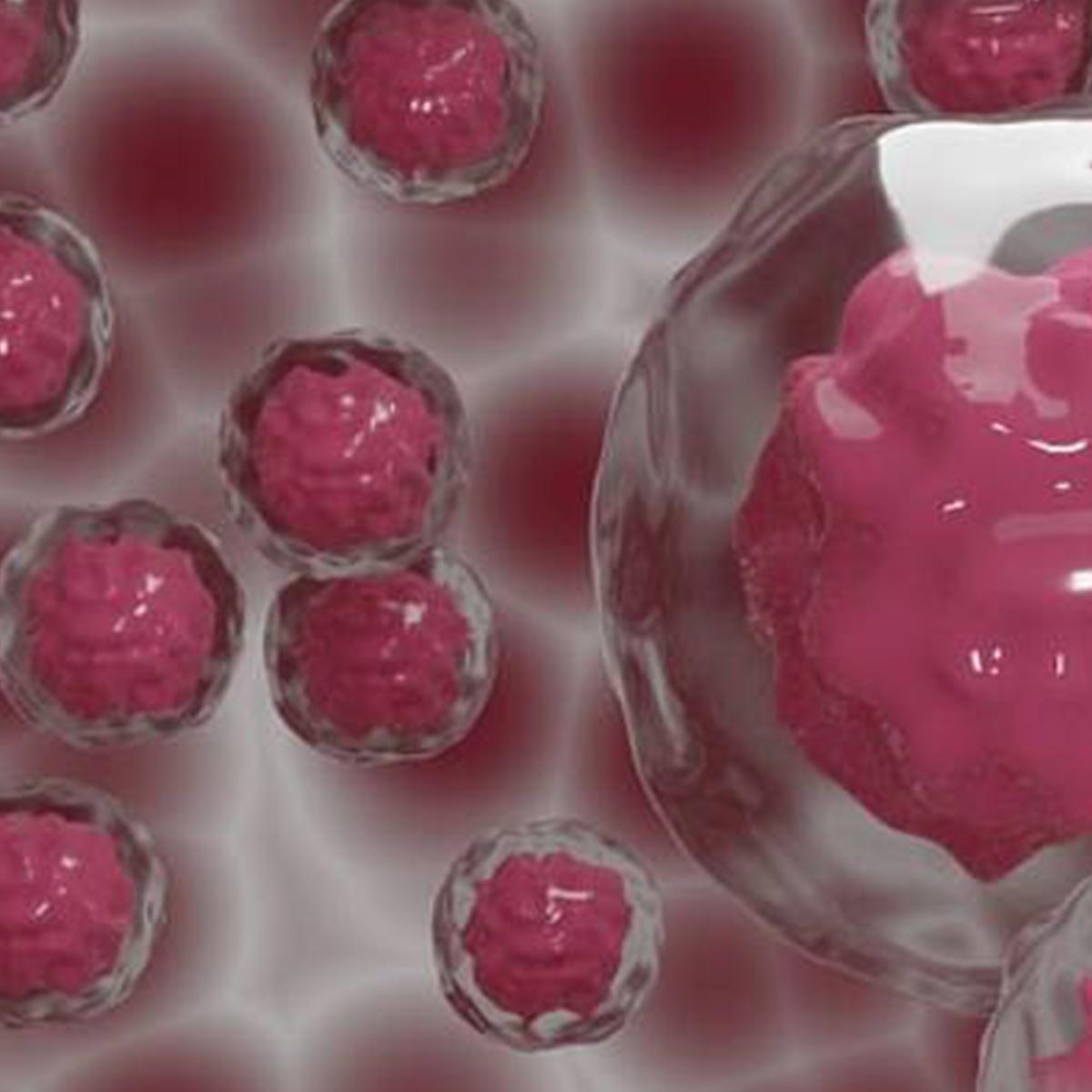Stem Cell Preservation: Why It Matters and How It Works

If someone told you that your baby’s first moments could unlock treatments decades later, would you pay attention? This isn’t fantasy. It is the real promise behind stem cell preservation, and yes, it is already being used in hospitals worldwide. Parents bank a few milliliters of umbilical cord blood and what they are actually storing is a powerful resource in future medicine. That simple choice at birth can translate into options, treatments, and scientific chances that did not exist a generation ago.
What Exactly Is Stem Cell Preservation?
Stem cell preservation involves collecting, processing, and storing stem cells in specialized cryogenic facilities for future medical use. These cells have the unique ability to transform into different types of cells in the body, such as blood cells, nerve cells, or muscle cells.
The most common source of preserved stem cells is the umbilical cord blood and cord tissue, collected at the time of childbirth. Other sources include bone marrow, peripheral blood, and even dental pulp.
When parents choose private storage, they pay to secure access to their child’s sample whenever they want it. Contrast that with public donation, where the sample is pooled into a general registry. It can be lifesaving for someone else, absolutely, but once it is used it is no longer available for the donor child or family. Private storage keeps access personal, immediate, and secure.
Why Are Stem Cells So Powerful?
Stem cells are considered the building blocks of life. They possess two key characteristics:
- Self-Renewal – They can replicate and produce more stem cells.
- Differentiation – They can transform into specialized cell types (like red blood cells, brain cells, etc.).
Because of this, they play a critical role in regenerative medicine, helping repair tissues and treat diseases that currently have limited treatment options.
Benefits of Stem Cell Preservation
1. Lifelong Medical Resource
Once preserved, stem cells can be stored for decades and used when needed by the donor or even close family members.
2. Treatment for Over 80 Medical Conditions
Stem cell transplants are used in the treatment of:
- Leukemia
- Thalassemia
- Sickle cell anemia
- Lymphomas
- Immune disorders
- Certain metabolic diseases
3. Regenerative Medicine Applications
Ongoing research is exploring stem cells in the treatment of:
- Type 1 diabetes
- Alzheimer’s disease
- Cerebral palsy
- Heart disease
- Spinal cord injuries
4. Genetic Match for Family Members
There’s a higher likelihood that siblings will match the preserved stem cells, increasing their utility for family treatments.
5. Non-invasive Collection
Cord blood and tissue collection is safe, painless, and poses no risk to the baby or mother.
The Science behind Cord Blood and Tissue
When you bank cord blood, you are preserving hematopoietic stem cells. These are the cells responsible for creating blood and immune system cells. When you store cord tissue, you preserve mesenchymal stem cells, which are the raw material for connective tissue like cartilage, bone, and even nerves.
Both categories are being used in clinical settings today:
- Cord blood gives hope in treating leukemia, lymphoma, sickle cell disease, thalassemia, and a variety of immune disorders.
- Cord tissue is in early stages of clinical testing, for repairing heart tissue after attacks, treating osteoarthritis, and even supporting spinal cord injury interventions.
Choosing the Right Stem Cell Bank
If you are reading this, you already know not all storage is created equal. Key criteria to check include:
- Regulatory accreditation and compliance.
- Cryopreservation technology and facilities.
- Processing time and viability testing.
- Backup infrastructure and monitoring.
- Cost structure and contract transparency.
Why Cryoviva Stands Apart
Cryoviva Life Sciences treats your child’s cord blood and tissue as inherited legacy material, not just a laboratory sample. Stem cell preservation is not a checkbox. It is a responsibility. That is why:
- We adhere to stringent national and international quality standards.
- We monitor storage continuously and report on it yearly.
- We offer expansion-ready protocols so your sample is ready for future research or treatment.
- We partner with hospitals and labs to ensure smooth service delivery.
We have been recognized as a top choice for private stem cell preservation, not because we have flash marketing, but because we deliver integrity, transparency, and science that holds decades of trust.
The Cryoviva life Sciences Approach to Stem Cell Preservation
Our state-of-the-art facility ensures the highest standards in stem cell preservation:
- Non-Invasive Collection: We collect stem cells from the umbilical cord after birth, posing no risk to mother or baby.
- Advanced Processing: Our labs use the latest techniques to isolate and concentrate stem cells.
- Cutting-Edge Cryopreservation: We employ controlled-rate freezing to maintain cell viability for decades.
- Secure Long-Term Storage: Our cryogenic storage units are monitored 24/7 and protected against all contingencies.
Is Stem Cell Banking Worth It?
Choosing to preserve your baby’s cord blood and tissue is not just a medical option. It is a gesture of care, an expression of foresight, and in some cases, an investment in future treatments. It involves scientific detail, emotional preparation, and yes, financial planning. All of those combined add up to something more important than any individual part.
If you are ready to explore what stem cell Preservation can mean for your family, let us talk. Our team will walk you through every detail. We will answer every question. And we will stand by the integrity of your sample for as long as you keep it with us. Your choice today becomes your child’s advantage tomorrow.
Frequently Asked Concerns
Q: Is public donation a better option?
Ans: Public donation is good for society. But if your child or another family member needs a sample later, your donation might not be available. Private banking keeps it reserved for your family.
Q: How long can stem cells be stored?
Ans: Studies have demonstrated stability for 20 to 25 years. Looking at early samples from the 1990s, resuscitated stem cells still function effectively. Biotechnology is improving every day, and storage standards are even better now.
Q: Is the cost worth it?
Ans: The total cost typically includes an upfront processing fee and an annual storage charge. Some compare this to insurance. You may not use it, or you might. But when you need it, it is available with no donor hunt or last-minute rush.
Q: What are the risks?
Ans:Minimal. Collection happens after birth so there is zero risk to mother or baby. The only risk is declining to participate and later seeing the value of what could have been preserved.
Conclusion
Stem cell preservation is more than just a trend—it’s a proactive step toward securing future health. As technology evolves, the scope of stem cell therapies will only widen. Preserving these cells at birth ensures that your child or family has access to revolutionary medical treatments when needed.
Choosing a reputable stem cell bank, understanding the process, and knowing the potential benefits can help parents make an informed decision. In today’s age of preventive healthcare, stem cell banking is truly a gift of health for a lifetime.






 Enquiry
Enquiry
 Email
Email Phone
Phone
 Whatsapp
Whatsapp